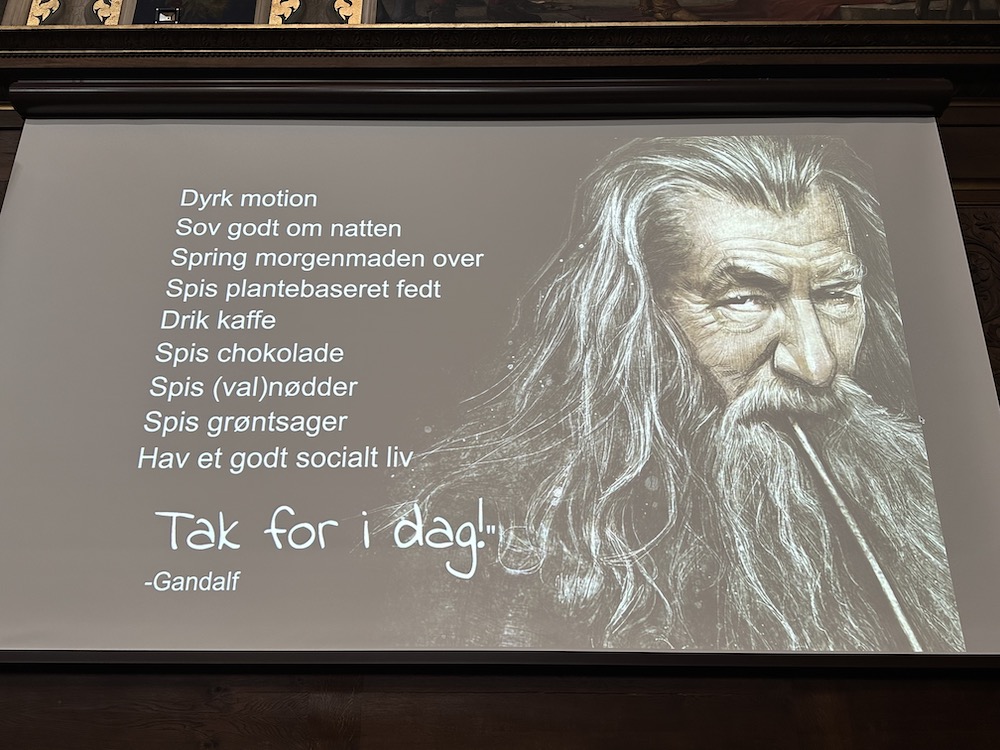
Are Family Members of COVID-19 Patients at Higher Risk of Dying?
In New Jersey, USA, one family is unusually hit by the COVID-19 pandemic. The mother of 11 and grandmother of 27 is dead. So are 2 of her 11 children. And 4 other of her children have contacted corona virus and are hospitalized, three of them in critical condition, according to the New York Times.
This family and former relevant studies raise the question whether those who live with a COVID-19-sick person and get infected – so-called secondary cases – suffer more from the disease, because of higher and repeated infection load. Studies from measles epidemics, for example, have shown that secondary cases within the same household suffer a 3-4 fold increased mortality risk as a result of intensity of exposure.
“This is a real family drama, and we all ask ourselves, how is this possible,” says Rudi Westendorp, professor of medicine in old age at Center for Healthy Aging and Department of Public Health, University of Copenhagen. “From my experience as a medical doctor, you think there is something special in this family, they must have an inborn susceptibility. But talking to my colleagues, who have experience from former epidemics such as polio and measels, it might have to do with how family members relate to each other. This grand traditional family have been very close to each other, and that is exactly what this virus loves. I ask myself the question if it is this type of Italian families that is hit so extraordinarily severe.”
According to the professor, the earlier measles studies from Dr Peter Aalby in Africa are mimicked in animal models. Experiments show that if a mouse is coping with a virus and is repeatedly re-infected, it is more likely to develop lung failure and dies.
But this family seems overweight. Could that mean anything?
“They are definitely obese. They might also have diabetes, though the articles does not say anything about that. And also if they smoke there are higher risks,” says Rudi Westendorp.
 His hypothesis is that larger families are at higher risk.
His hypothesis is that larger families are at higher risk.
“It is the older people in the family that are kicked out. That is so obvious for the current corona-virus epidemic. This disease is almost selectively taking out the old and frail. It is a really discriminating disease. That is not seen before. Whether it was influenza or tuberculosis, these bugs kicked out all weak, both old and young,” says the professor.
Rudi Westendorp has initiated a data analytics project to test whether his hypothesis is correct. In this project along with Statistics Denmark and other partners in the CHALLENGE platform they will do following:
- Collect aggregated statistics on case finding and households in specific regions e.g. regions in Italy, Brabant in the Netherlands, China, Iran, Spain etc.;
- Calculate relative risks of lung failure and mortality;
- Estimate primary and secondary attack rates;
- Follow up of clinical cases for hospitalization, intensive care including use of respirator, and mortality;
Quarantine yourself
So, if you are right, what will you recommend families to do:
“Two things; social distancing and quarantine in your own house,” he says. “You need to have a protective corridor of air between members of the family. That is not in the current COVID-19 guidelines. And then, if you are sick, you should either move out of the house or live separately in your own room, own bed and eat on your own. Quarantine yourself,” he says.
If you want to contribute to the study, do contact info@dataforgood.science
Photos: Unsplash.com and screenshot from The New York Times

